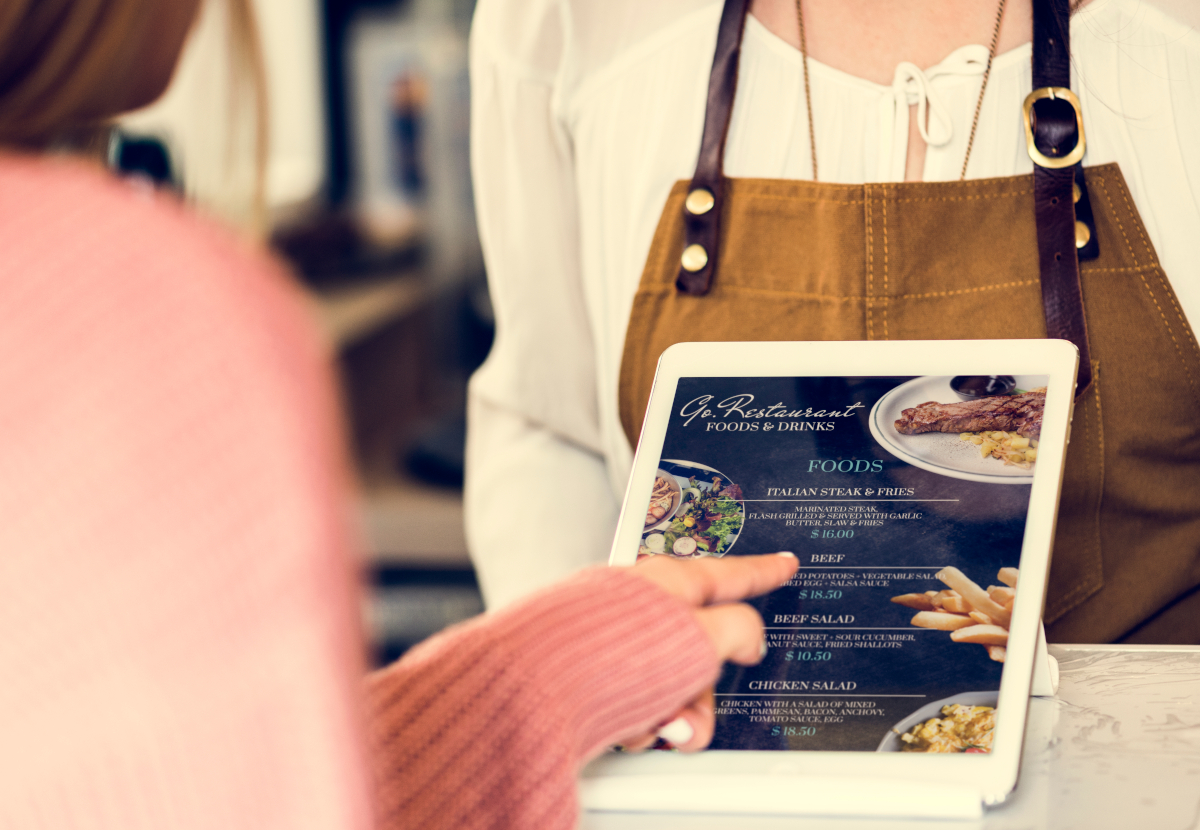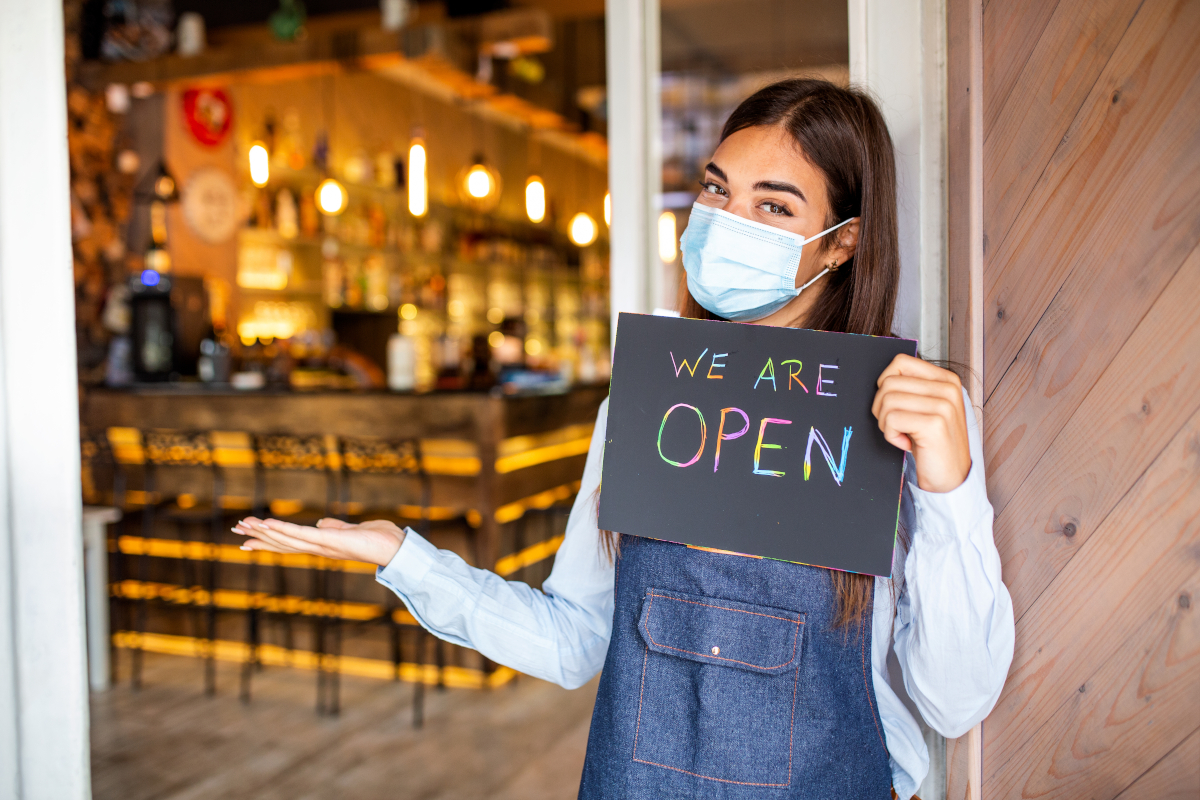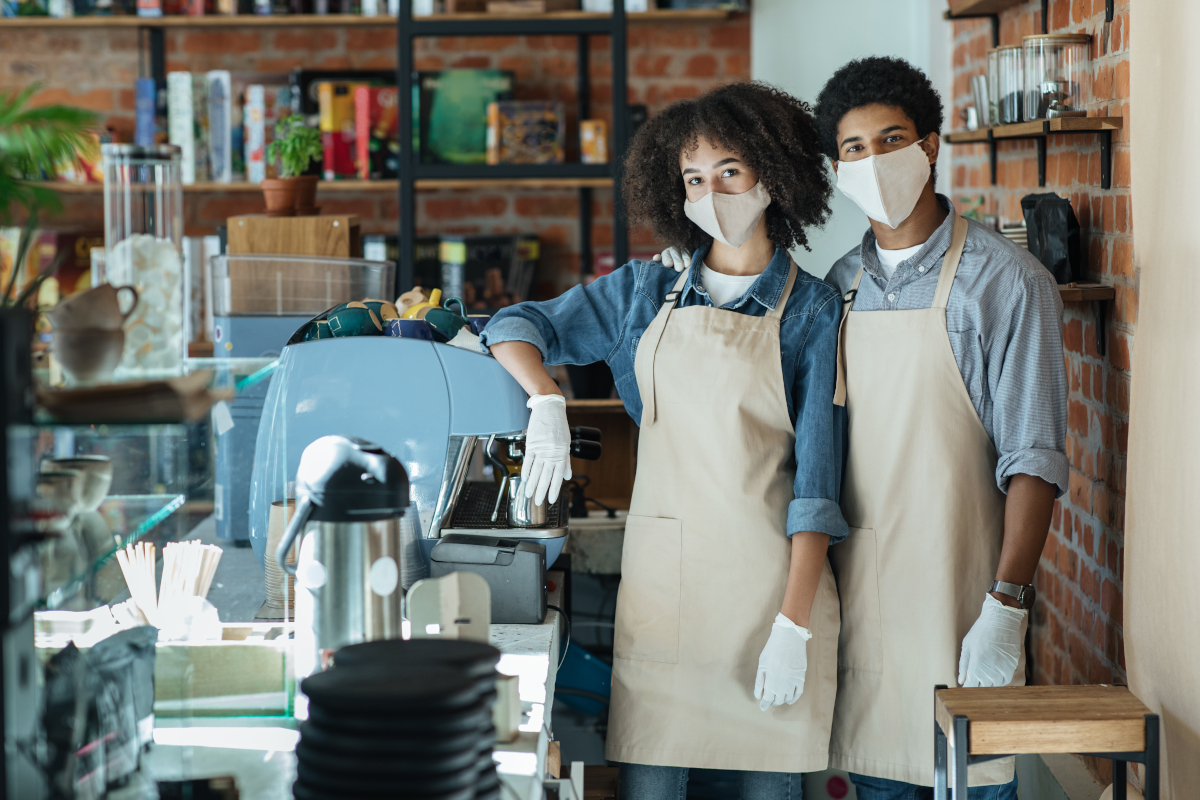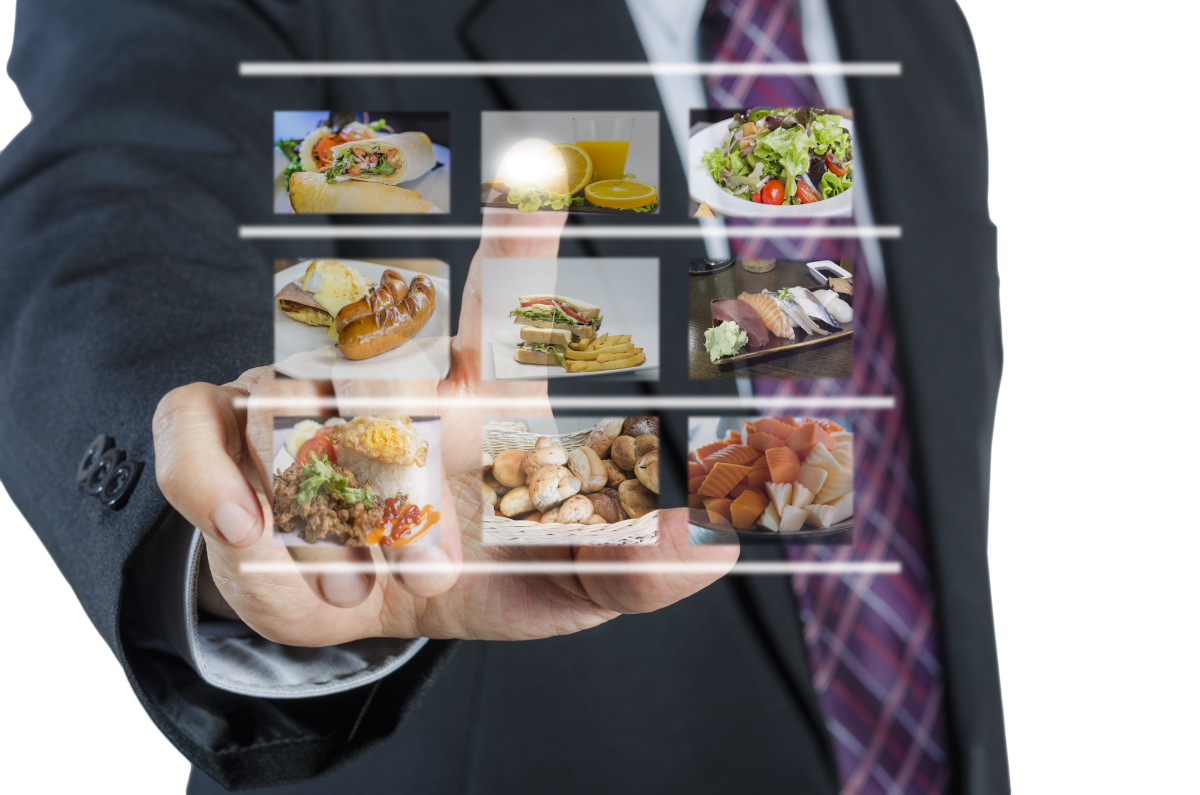3 ways restaurants must rethink themselves as a result of COVID-19

As of December 2020, 17 percent of U.S. restaurants have shut their doors either indefinitely or permanently. This should hardly come as any great surprise. While the coronavirus pandemic has hit everyone hard, for food services, it's been downright devastating.
According to The National Restaurant Association, industry sale losses in 2020 totaled $240 billion. For context, the total forecast for the restaurant industry in 2019 was $863 billion. As if those numbers aren't grim enough, evidence suggests that nearly the entire restaurant sector is currently deep in debt.
Full-service restaurants sit empty, or operate at significantly reduced capacity. Bars shut their doors early, or simply don't open them at all. Countless bartenders, waitresses, and service staff are functionally unemployed.
There is a silver lining here, however. For all the restaurants that floundered and failed, there are just as many that somehow found a way to thrive. Through digitization, optimization, and delivery services, they've kept themselves afloat, and some even managed to thrive.

Keep a close eye on those businesses. Once the dust settles and the pandemic is finally dealt with, they will very likely end up leading the market. Because although certain health and safety measures like social distancing and mask usage aren't going to last forever, the myriad innovations that have gotten many businesses through the pandemic will.
Now, as we stand on the cusp of a new world, it's time for restaurants to rethink themselves. At this point, it's not just a matter of gaining a competitive edge. It's a matter of survival.
Here, then, are the three areas restaurants must focus on for the new normal.
Redesign
Meal and grocery delivery services were arguably some of the biggest winners where COVID was concerned. Trapped at home by lockdown or self-isolation, people were eventually faced with two choices: order in or starve. Unsurprisingly, most of us opted for the former option.
At this point, delivery and carryout are table stakes. Anyone who refused to offer them is either barely scraping by or entirely out of business. And even those businesses that struggled to integrate with services like Grubhub and UberEats have more or less adjusted.
Post-COVID, restaurants will need to do more than simply offer standard takeout service. Per leading analyst McKinsey, the best bet is a full redesign. This may include, but is not limited to:

There's another option that might help you up your revenue and gain an edge, too. The coronavirus pandemic saw the rise of "ghost kitchens" — essentially, large spaces filled entirely with delivery-only restaurants. Provided you're comfortable doing so, you might consider offering a limited menu through a ghost kitchen; plenty of well-established restaurants already do so.
As you've no doubt surmised (or experienced personally), working with all these third parties often means dealing with multiple menus, keeping everything manually updated, and tracking orders through several different apps. It's far from ideal, and can easily damage your brand if you aren't careful. People remember when they've received a low-quality or incorrect order, and they don't generally blame the courier.
The simplest solution to this issue is tied to your point of sale system (POS) — but more on that in just a moment.
Focus on Marketing and Outreach

There is no sense mincing words — COVID-19 has been exhausting. Collectively, our energy levels are at an all-time low. Many of us are still struggling, either with isolation, the aftereffects of the virus, or the poor state of the economy.
You need to adjust your marketing and advertising to account for this, lest you come off as pigheaded and callous. Show your customers that you care. That you're aware of what they're going through, and you understand.
More importantly, however, you're going to need to rethink your role in the community.
The novel coronavirus has changed each and every one of us. It has made us less consumeristic, more focused on friends and loved ones, and more passionate about ethics and social justice. If, in this new world, your business ends up positioning itself as unethical or irresponsible?

Good luck competing, because you just tanked your brand. So what can you do to show you care, exactly? How can you demonstrate that you're dedicated to helping both people and the community?
Of course, if you're like most people right now, marketing is probably the last thing you're thinking about. You're focused on trying to make it through the pandemic. You don't have time (or, let's be honest, the energy) for analytics, outreach, or engagement.
With the right platform, you don't need to spend a lot of time and energy on them. As with order and menu management, the right software platform can make an enormous difference. That brings us to our last, and arguably most important step — your technology.
Digitize and Optimize

As a result of the coronavirus pandemic, a great many businesses were forced into a process of digital transformation for which they were no means prepared. Those that survived, however, discovered something. Namely, that the insights gained from technology like Internet of Things devices and analytics tools awakened them to opportunities they'd never even considered before.
By analyzing both contemporary and historical sales data, a restaurant can effectively determine:
Another way restaurants survived the pandemic was through the creation of a personalized, digital customer experience. This goes beyond smart kiosks and digital menus. Instead, you need to focus on the diners themselves, and leverage the insights gained from analytics to offer them deeply-personalized experiences across multiple channels, including email, social media, and your restaurant's app (if you have one).

Because this engagement must be seamless, it is also imperative that you explore alternative payment methods. You can no longer simply offer cash, debit, or credit, even if you do accept tap payments. People now demand better, more diverse payment options, including:
As you may have surmised, older POS systems do not support such functionality. Nor are they optimized for any of the other recommendations we've presented here. If you're going to effectively rework your restaurant to both survive COVID-19 and thrive in a post-COVID world, you're going to need to choose the right POS.
You'll want to look for several qualities:
The cloud-based Restaurant POS system fulfills all of the above — and as an added bonus, it's also easy to use.
The Future of Food
COVID-19 is one of the most disruptive events in the restaurant industry since...well, ever. It has completely changed the way we dine, and even the way we think about food. Those restaurants that are able to effectively pivot can take advantage of this fact, and enjoy potentially explosive growth post-pandemic

Those that cannot have some hard months ahead of them.
Get instant access to breaking news, the hottest reviews, great deals and helpful tips.
